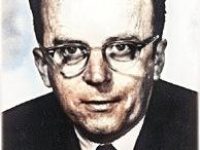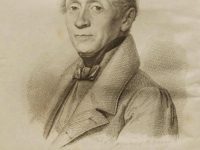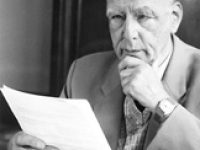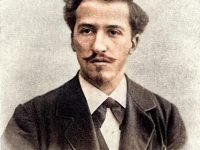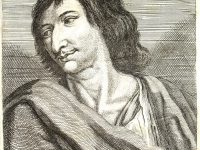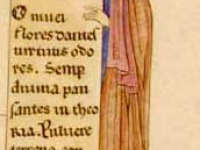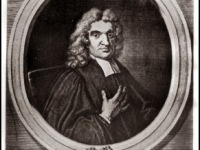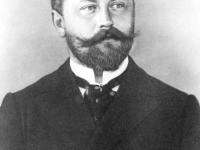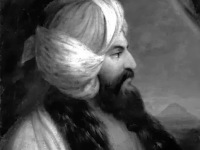J.C.R. Licklider and Interactive Computing
On March 11, 1915, American psychologist and computer scientist J.C.R. Licklider, known simply as J.C.R. or “Lick“, was born. He is particularly remembered for being one of the first to foresee modern-style interactive computing and was one of the most distinguished Internet pioneers. “[…] we are entering a technological age in which we will be able to interact with the richness of living information – not merely in the passive way that…
Read more

